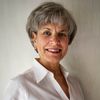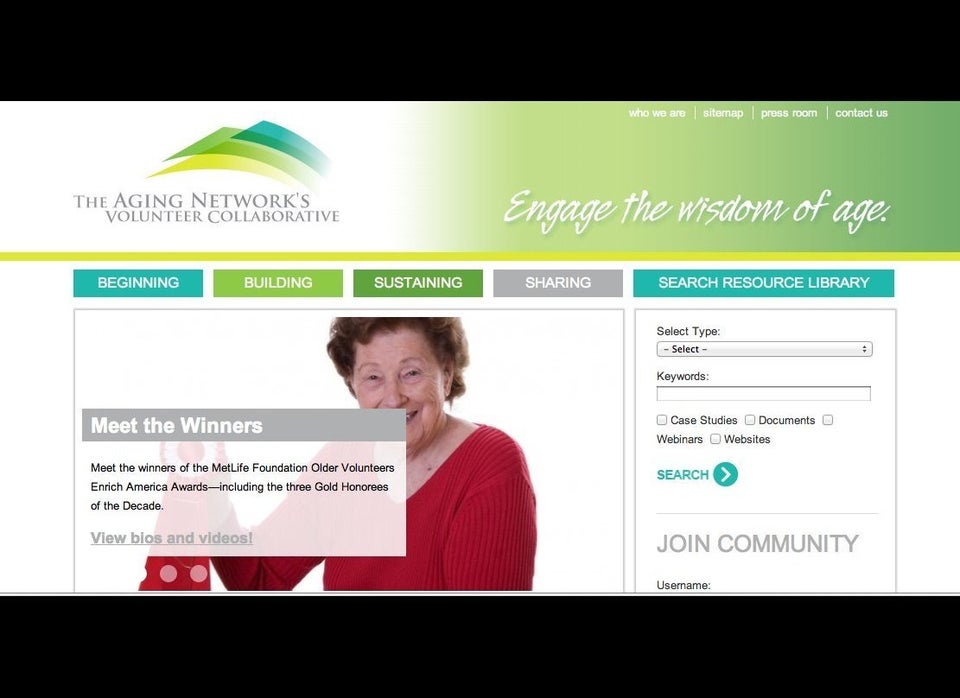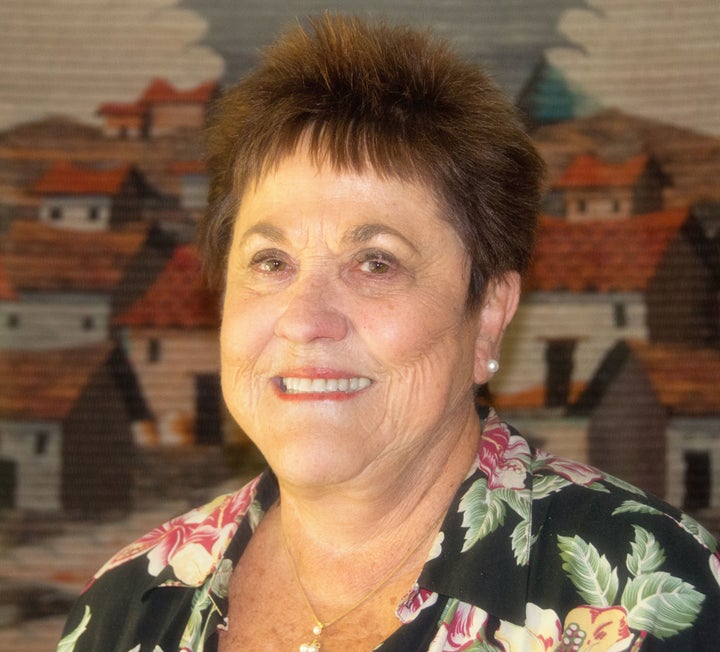
Deciding what to do with your life is not simple. Not for most of us. Some face the daunting task in high school when they have to decide whether and where to go to college, or perhaps in college, when they have to elect a major. Or when they graduate and have to apply for a job. Few people have a clear view of what they will do for the rest of their lives even at these points.
But Mary Burry, a friend I interviewed a few weeks ago, is not like most people. She had a plan and she lived it. When we sat down to talk, I knew her story and perspective would inspire people, perhaps even cause a few to confront their own future. As a child, Mary was so moved by a documentary on Albert Schweitzer that she decided then and there to one day practice medicine in a foreign country—not foreign in the sense of France or Italy, but rather in places tourists rarely visit, even the adventurous ones. She would practice medicine in desperately poor and strife-ridden countries facing disasters of epic proportions. Countries where whole populations’ lives were at risk and where resources to deal with the challenges were lacking.
Nobel Peace Prize winner Albert Schweitzer was a French-German theologian and founder of Lambaréné, a leper colony and safe haven for Africans suffering from disease and injury. He practiced medicine there, in the Republic of Gabon, while following his philosophy embodied by the expression “reverence for life.”
Years would pass before Mary took her first step toward her goal. First she had to get a medical degree, and after she married for the second time—to a like-minded and equally courageous doctor—they agreed to see their children through school, pay off their debits, and arrange their lives to allow for time off from their own busy medical practices.
Mary broke ground (or the glass ceiling in today’s parlance) when she entered medical school―she was one of only a handful of women in her class. That alone was enough for some individuals. But to Mary, it was just the next step in her life. She never spent a moment thinking about discrimination, looking for a “safe space,” or worrying about being the oddball in class. Mary was busy pursuing her goal, and she had complete confidence that she could do anything.
Anything except choose a specialty.
In medical school in the 60s, the accepted path for females was women’s health or pediatrics. But Mary had a problem. She liked everything and didn’t want to be pigeon-holed. It took a rotation through the radiology department for Mary to find her calling. Radiology presented a unique opportunity at the time, before scientific advances and technology changed medicine. Radiology provided a high degree of patient contact, the compelling part of women’s health and pediatrics, but it also took a holistic view of the patient, which was the more interesting and challenging part. Unfortunately that changed over time. Today, Mary says, “I spend most of my day staring at a computer screen in a darkened room, rather than with patients.”
But the pieces of Mary Burry’s life puzzle fell in place.
The kids were grown and graduated from school. The house was paid off. And both Mary and her husband Tom Hoggard’s medical practices were humming along. That’s when, Mary remembered her childhood ambition. And that’s when the call came. Medical Teams International, a faith-based organization, operating out of Portland was on the phone. They had a desperate need for medical help in Somalia.
That night, Mary and Tom watched the television news coverage of Somalia. Forget that Somalia is on the other side of the world. Forget that Somalia and the US were not exactly on friendly terms. Think 1993, the year of Black Hawk Down. Think conflict, poverty, starvation, and disease.
And then, say yes. Mary had to go. Albert Schweitzer was calling, too.
About as close as Mary had come to the conditions she anticipated was her honeymoon in Peru where she “roughed” it on an adventure tourist excursion. But tourism is tourism, a vacation is a vacation; Somalia was the real deal. Instead of hospitals, the volunteer team of doctors practiced in whatever facility, makeshift or permanent was available. Instead of hotels, Mary and Tom and their fellow medical volunteers sheltered and slept in a former brothel. Running water was a luxury that no amount of money could buy. And instead of people going about their business or frolicking at the beach, people were dying. Masses of people were dying, injured in local fighting, starving, or sick from exposure to infectious diseases after drinking unclean water.
There was no time to think about personal danger. There was medicine to practice.
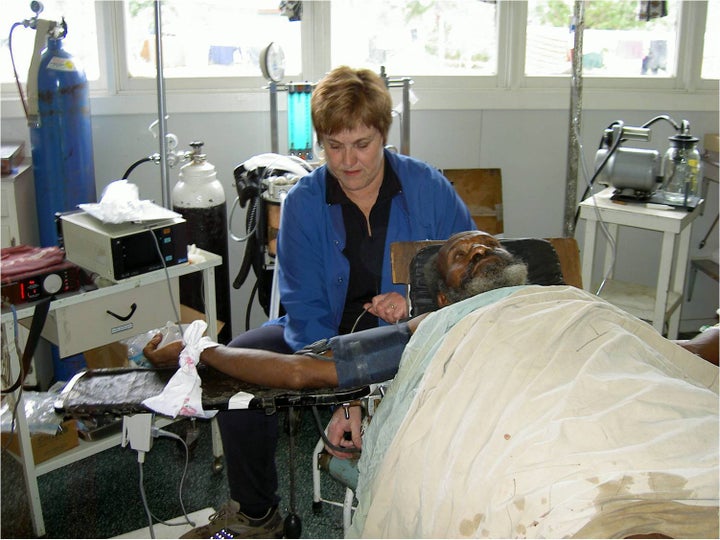
Several exhausting weeks later, when Mary and her husband left Somalia, they had mixed emotions. So many people needed so much more than two people could give. But, Mary felt she had made a difference. She had reached a hand out to help someone in need, as Albert Schweitzer would have done. She would go back.
In the subsequent years, whenever there was an earthquake, a flood, an epidemic or any other natural or man-made disaster, Medical Teams called. And Mary and Tom went. They always had a bag packed-- one tiny carry on, ready for anything they’d need in Afghanistan, Albania, Guatemala, Haiti, Honduras, Iraq, Kosovo, Mozambique, Nicaragua, Pakistan, Panama, the Philippines, and Turkey. They had a bucket list unlike any other.
Given the place of women in many of the cultures where Mary worked, I was curious how Mary, as a female doctor, was received. Mary started by saying, she and her female counterparts had made a decision to practice as they would anywhere--without headscarves or other locally accepted covering, treating men, women, and children alike, taking charge, or following the lead of a local doctor, whatever the situation demanded. Their approach had much to do with their treatment. “We were seen as doctors first and women second. It was almost as if we were a ‘third sex,’” Mary says.
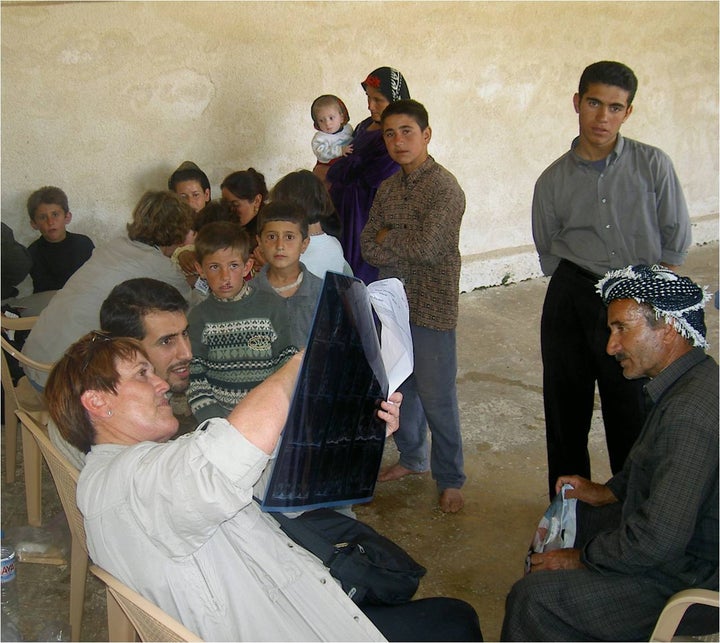
Mary never lost sight of the fact she and her counterparts were invited guests in the countries where she worked. Both she and Tom were careful to work with the local authorities and to treat the local doctors, nurses, and technicians with respect. They made a practice of requesting the local staff’s counsel before taking a course of action. This approach, she learned, was not at all what the local group had expected. One technician told her he had expected the American doctors to tell everyone what to do and how to do it, but that was not the case.
At the end of more than one of her tours of duty, Mary was humbled by the expressions of gratitude she received and pleased to have earned the respect of the local staff. One Iraqi doctor confessed “he was ashamed.” As a doctor, he thought he was better than the rest of the staff of technicians, nurses, and aides, but Mary and the other American doctors treated everyone as equally important and deserving of respect. In another case, a Pakistani doctor told Mary how before the Medical Teams personnel arrived, he had thought ill of the Americans, expecting them to be arrogant and proud. He credited Mary and her team with changing their views. As she described the experience, Mary wiped away a tear. She said, the Pakistanis didn’t know that she also had the opportunity to see these often puzzling and desperate but proud people as people first. It went both ways.
In the years after she left, Mary has kept in contact with a handful of the doctors she worked beside. They say, her legacy endures.
How gratifying is it to sit on this side of life and look back to see you did what you had set out to do and made a difference in the lives of so many other people in a way that so few people could.
If you have the better part of your life ahead of you, perhaps it’s time to add a few meaningful things to your own bucket list.
